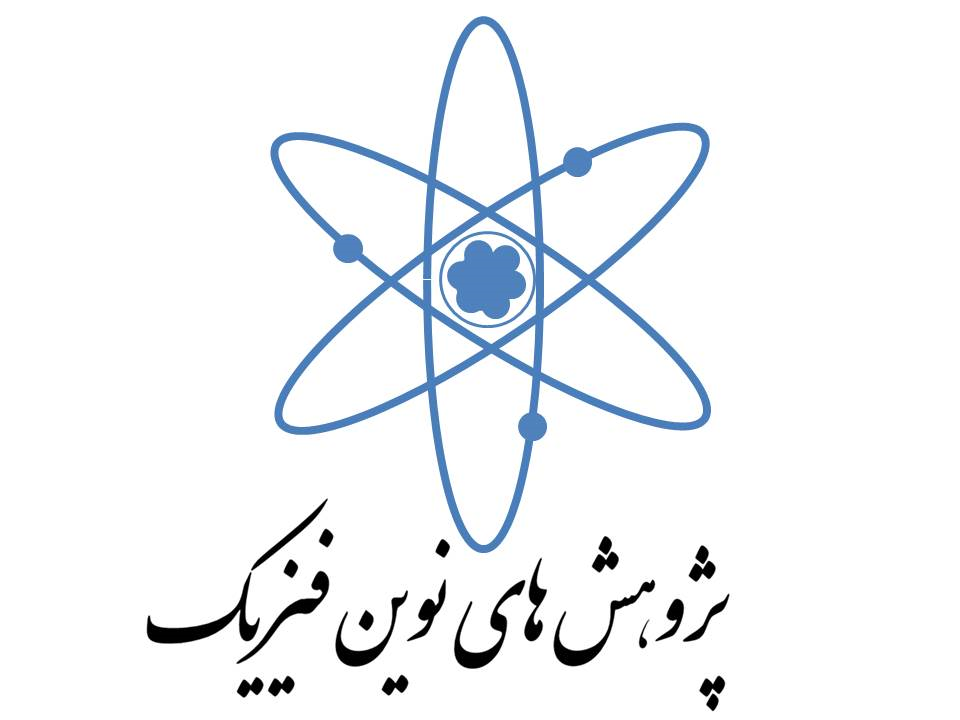
Journal of Modern Research Physics

Volume 9, Issue 1 (Spring and Summer 2024 2024)
JMRPh 2024, 9(1): 27-34 |
Back to browse issues page
Download citation:
BibTeX | RIS | EndNote | Medlars | ProCite | Reference Manager | RefWorks
Send citation to:



BibTeX | RIS | EndNote | Medlars | ProCite | Reference Manager | RefWorks
Send citation to:
Abbasi K, Ghaffaripour A, Jalilian J. Prediction of the Energy Gap of Nitride-Based Semiconductors Using Machine Learning. JMRPh 2024; 9 (1) :27-34
URL: http://jmrph.khu.ac.ir/article-1-248-en.html
URL: http://jmrph.khu.ac.ir/article-1-248-en.html
Abstract: (605 Views)
In this article, the energy gap of 300 nitride compounds was analyzed and investigated using quantum simulations based on Density Functional Theory (DFT). The energy gaps of the compounds were calculated using two approximations, GGA-PBE and HSE06. The parameters considered in the machine learning studies were categorized into two groups: atomic and crystalline parameters. The atomic parameters include covalent radius, electronegativity, the number of valence electrons, and the first ionization energy. After collecting data on atomic features, a multiple linear regression model was fitted to the data. Subsequently, variable selection was performed using the stepwise regression method with the AICc criterion, and the effect size of various features was calculated. Additionally, to improve the accuracy of the model in predicting HSE06, three crystal features were incorporated into the model, and eight different models were fitted, each including one or more of these crystal features. The findings indicate that the model without any crystal variables has an adjusted coefficient of determination (R²) of 75.45%. However, with the inclusion of crystal features, the results improve significantly. Specifically, adding the PBE energy gap as a variable increases the R² to 99.03% (from 75.45% to 99.03%).
Type of Study: Research |
Subject:
Special
Received: 2025/01/5 | Accepted: 2025/02/5 | Published: 2024/08/31 | ePublished: 2024/08/31
Received: 2025/01/5 | Accepted: 2025/02/5 | Published: 2024/08/31 | ePublished: 2024/08/31
References
1. [1] K. Hansen et al., "Machine learning predictions of molecular properties: Accurate many-body potentials and nonlocality in chemical space," J. Phys. Chem. Lett. vol. 6 2326−2331, 2015. [DOI:10.1021/acs.jpclett.5b00831] [PMID] []
2. [2] F. Ren et al., "Accelerated discovery of metallic glasses through iteration of machine learning and high-throughput experiments," Sci. Adv. vol. 4, 1566, 2012. [DOI:10.1126/sciadv.aaq1566] [PMID] []
3. [3] Y. Huang et al., "Band gap and band alignment prediction of nitride based semiconductors using machine learning", J. Mater. Chem. C, vol. 7, 3238-3245, 2019. [DOI:10.1039/C8TC05554H]
Send email to the article author
| Rights and permissions | |
 |
This work is licensed under a Creative Commons Attribution-NonCommercial 4.0 International License. |



